Choosing the right pet companion is a significant decision that impacts both your life and the welfare of the animal you bring home. For those seeking a small mammal with personality, ferrets and chinchillas often make the shortlist. While both are undeniably adorable and have devoted fan bases, they offer distinctly different experiences as pets. Ferrets, with their playful, mischievous nature, provide interactive companionship, while chinchillas’ soft fur and gentle disposition appeal to those seeking a more observational pet relationship. This comprehensive comparison will explore everything from their care requirements and temperaments to their lifespans and costs, helping you make an informed decision about which of these charming creatures might be your perfect pet match.
Physical Characteristics and Appearance

Ferrets and chinchillas present strikingly different appearances that reflect their distinct evolutionary backgrounds. Ferrets, members of the mustelid family alongside weasels and otters, typically weigh between 1-4 pounds with slender, elongated bodies measuring 13-20 inches including their tail. Their soft, dense fur comes in various colors and patterns including sable, albino, panda, and silver. Chinchillas, native to the Andes mountains, are more compact and rounded, weighing 1-2 pounds with bodies spanning 9-15 inches. Their most distinctive feature is their extraordinarily dense fur – with up to 60 hairs growing from each follicle compared to humans’ single hair – creating an incredibly plush coat that’s widely considered among the softest in the animal kingdom. While ferrets have a more musky, distinctive odor (even when descented), chinchillas are virtually odorless thanks to their dust-bathing hygiene practices that naturally maintain their luxurious gray, beige, or white coats.
Lifespan and Long-Term Commitment
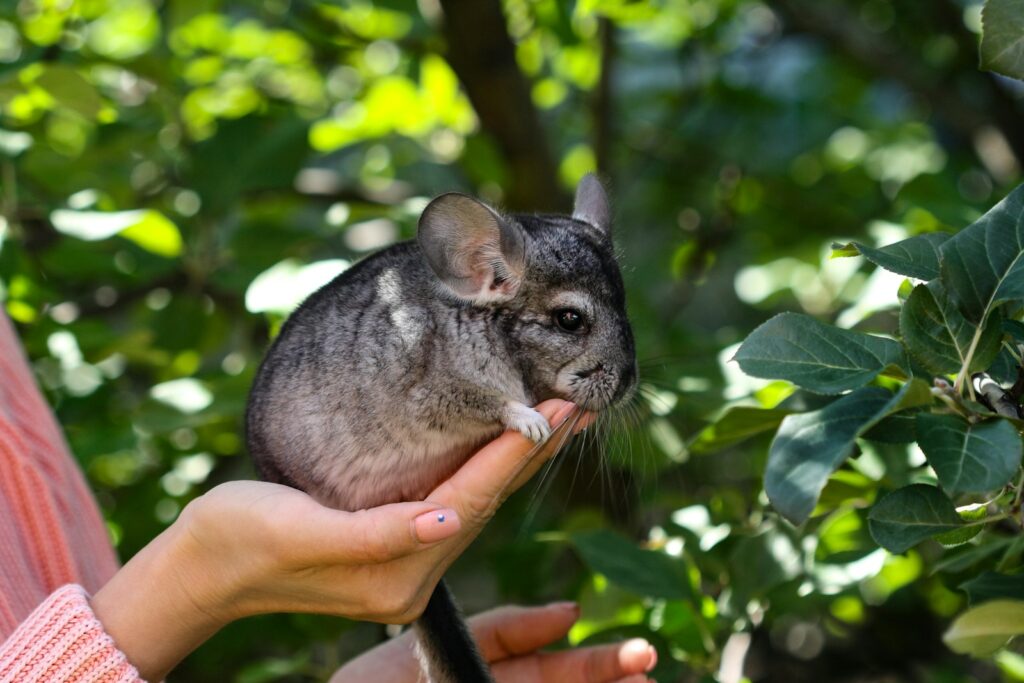
The lifespan difference between these animals represents a significant factor in your pet selection process. Ferrets are relatively short-lived companions, with an average lifespan of 6-8 years, though some may reach 10 years with exceptional care. This shorter commitment might suit owners who aren’t ready for the decades-long responsibility that some pets require. Chinchillas, by contrast, are remarkably long-lived for small mammals, frequently reaching 10-15 years and sometimes living up to 20 years in captivity with proper care. This extended lifespan means adopting a chinchilla is comparable to the commitment of getting a dog or cat, requiring owners to consider how their life circumstances might change over the next decade or more. Both animals develop age-related health conditions that require increasing veterinary care as they grow older, with ferrets particularly prone to certain diseases like adrenal gland problems and insulinoma in their later years.
Temperament and Personality
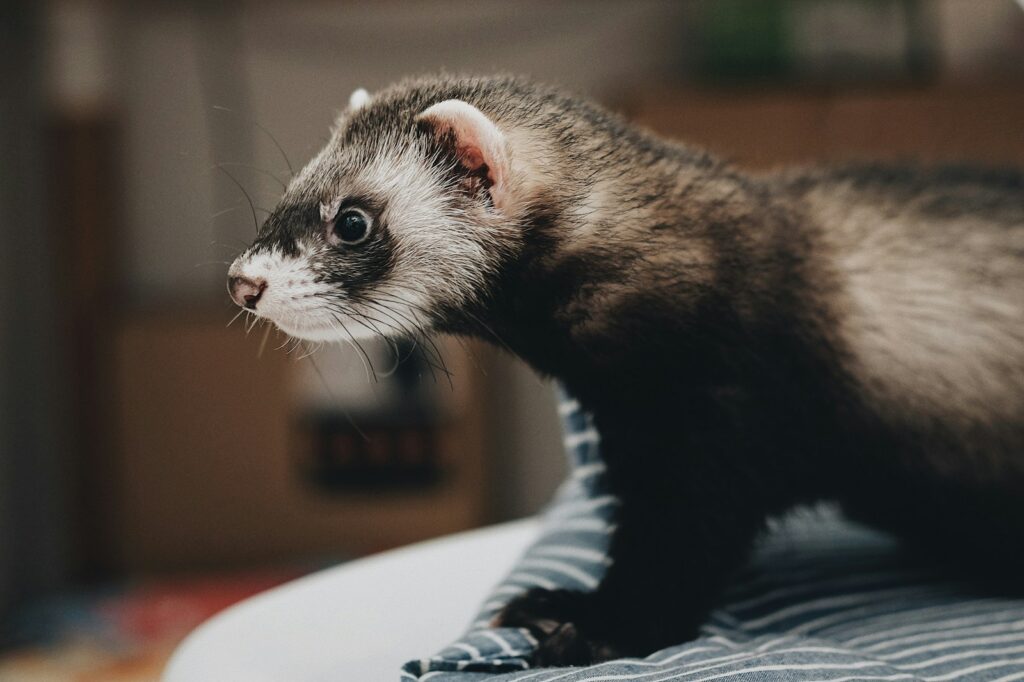
Ferrets and chinchillas exhibit dramatically different personalities that suit different types of pet owners. Ferrets are highly social, energetic, and interactive pets often compared to a cross between cats and dogs in their playfulness and capacity for bonding with humans. They’re known for their “war dance” – a bouncing, excited movement that signals playfulness – and their curiosity drives them to explore every corner of their environment. They typically seek human interaction, enjoy being handled when properly socialized, and can even learn to respond to their names and simple commands. Chinchillas, while social within their species, tend to be more reserved with humans and are primarily crepuscular (active during dawn and dusk). Their cautious nature means they generally prefer observation over handling, making them less suitable for children who want an interactive pet. Chinchillas express happiness through “popcorning” – spontaneous jumps that demonstrate contentment – but they require patient, consistent handling to develop comfort with human contact, and some individuals may never enjoy being picked up regularly.
Housing Requirements
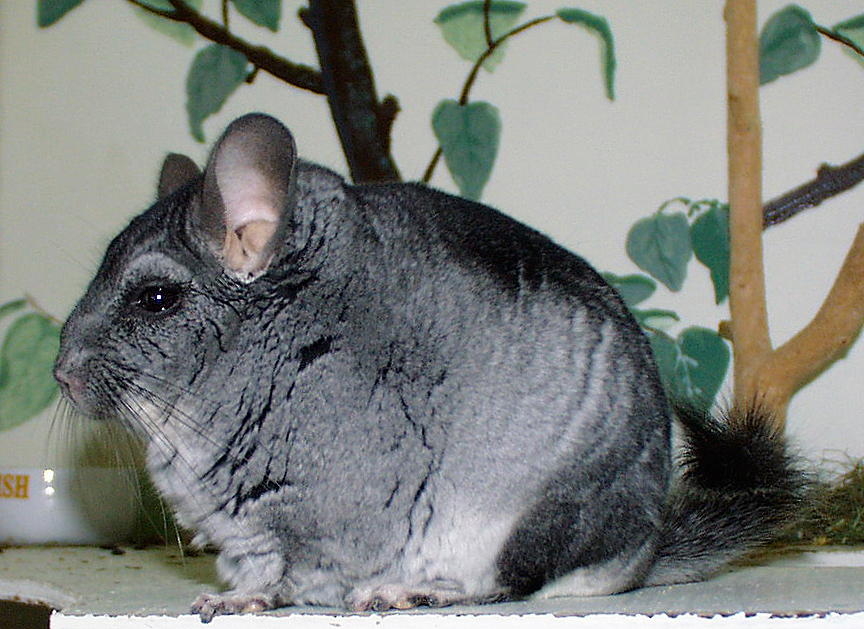
The housing needs for these animals differ substantially based on their natural behaviors and physical capabilities. Ferrets require multi-level cages with minimum dimensions of 24″ x 24″ x 18″ for a single ferret, with larger spaces necessary for multiple animals. Their enclosures need closely-spaced bars (less than 1 inch apart) to prevent escapes, as ferrets can squeeze through surprisingly small openings. Inside the cage, hammocks, sleep sacks, tunnels, and toys are essential for mental stimulation. Chinchillas demand taller cages with multiple platforms to accommodate their natural jumping abilities, with minimum dimensions of 24″ x 24″ x 36″ to provide adequate vertical space. Their cages require solid surfaces rather than wire floors to protect their delicate feet, and must include a dust bath container, chew toys, and hideaways. The location of the housing is equally important – ferrets can tolerate normal room temperatures, while chinchillas are highly susceptible to heat stress and require consistently cool environments below 75°F (24°C), making them unsuitable for homes without air conditioning in warmer climates.
Diet and Nutrition

Feeding requirements for these pets reflect their vastly different digestive systems and natural diets. Ferrets are obligate carnivores with extremely short digestive tracts, requiring high-protein, high-fat diets with minimal fiber. High-quality ferret-specific kibble (containing at least 30-40% protein and 15-20% fat) forms their dietary foundation, though some owners supplement with fresh animal protein sources like eggs, chicken, or specialized raw diets. Ferrets should never be fed fruits, vegetables, or high-carbohydrate foods, which they cannot properly digest and may cause serious health problems. Chinchillas, conversely, are herbivores with complex digestive systems evolved for processing high-fiber vegetation found in their native Andean habitat. Their diet consists primarily of timothy hay (which should be available at all times), supplemented with small amounts of chinchilla-specific pellets and occasional treats like dried herbs or small pieces of dried fruit. Chinchillas require constant access to food to support their grazing habits and specialized digestive bacteria, while ferrets typically eat more frequent, smaller meals throughout the day due to their rapid metabolism.
Exercise and Enrichment Needs

The activity requirements for these species differ dramatically, affecting how much time owners must dedicate to their care. Ferrets need at least 4 hours of supervised out-of-cage time daily, as these intelligent, energetic animals require substantial physical and mental stimulation to prevent boredom and destructive behaviors. Their play sessions should occur in ferret-proofed areas, as their curious nature leads them to explore every crevice, potentially accessing dangerous spaces or ingesting harmful items. Interactive play with toys, tunnels, and human engagement is essential for their wellbeing. Chinchillas require less direct interaction but need large cages with multiple levels for jumping and exploring, satisfying their natural tendency to leap between rocky outcroppings in the wild. They benefit from supervised out-of-cage time in chinchilla-proof rooms, though their exercise typically consists of self-directed running, jumping, and exploring rather than interactive play with owners. Both species experience health problems when deprived of adequate exercise, including obesity, muscle weakness, and behavioral issues, making appropriate activity opportunities a non-negotiable aspect of responsible ownership.
Cleanliness and Odor Considerations
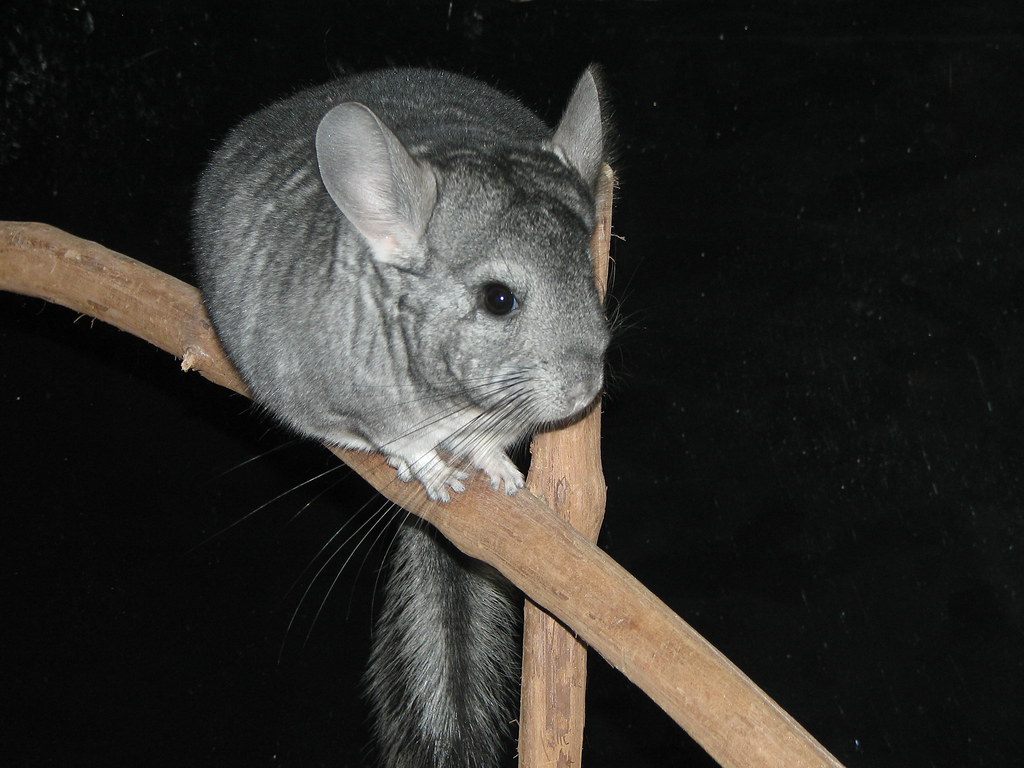
Hygiene management differs significantly between these pets, potentially influencing which is more suitable for your home environment. Ferrets possess anal scent glands that produce a distinctive musky odor, which remains present even in descented animals (though less intense) due to natural oils in their skin. Their cages require cleaning 2-3 times weekly, with litter boxes needing daily attention to control odor. Ferrets can be trained to use litter boxes, though their compliance is rarely perfect, and occasional accidents outside designated areas are common. Chinchillas, by contrast, are remarkably clean animals with virtually no body odor, making them ideal for sensitive noses or homes where pet smells would be problematic. They maintain their fur through dust baths in specialized volcanic ash or commercial chinchilla dust (not sand), which absorbs oils and prevents matting. These dust baths need to be offered 2-3 times weekly for 10-15 minutes, and their cage bedding typically requires changing just once weekly. While chinchillas can be somewhat litter-trained, they scatter droppings more randomly than ferrets, though their pellets are dry, nearly odorless, and simple to vacuum or sweep up.
Social Needs and Companionship

The social structures of these animals in the wild influence their companionship needs as pets. Ferrets are highly social creatures that naturally live in groups called “businesses,” and while they can thrive with sufficient human interaction, many veterinarians and experienced owners recommend keeping at least two ferrets together for optimal psychological wellbeing. They form strong bonds with both ferret companions and human caretakers, often sleeping cuddled together and engaging in cooperative play. Chinchillas also benefit from same-species companionship, as they live in colonies in their natural mountain habitats, communicating through various vocalizations including barks, squeaks, and chirps. However, introducing adult chinchillas can be challenging and sometimes unsuccessful, making it easier to adopt bonded pairs initially or introduce young chinchillas that can grow up together. Both species demonstrate decreased stress levels and more natural behaviors when housed with compatible companions, though this means increased space requirements, feeding costs, and potentially more complex veterinary care throughout their lives.
Health Concerns and Veterinary Care
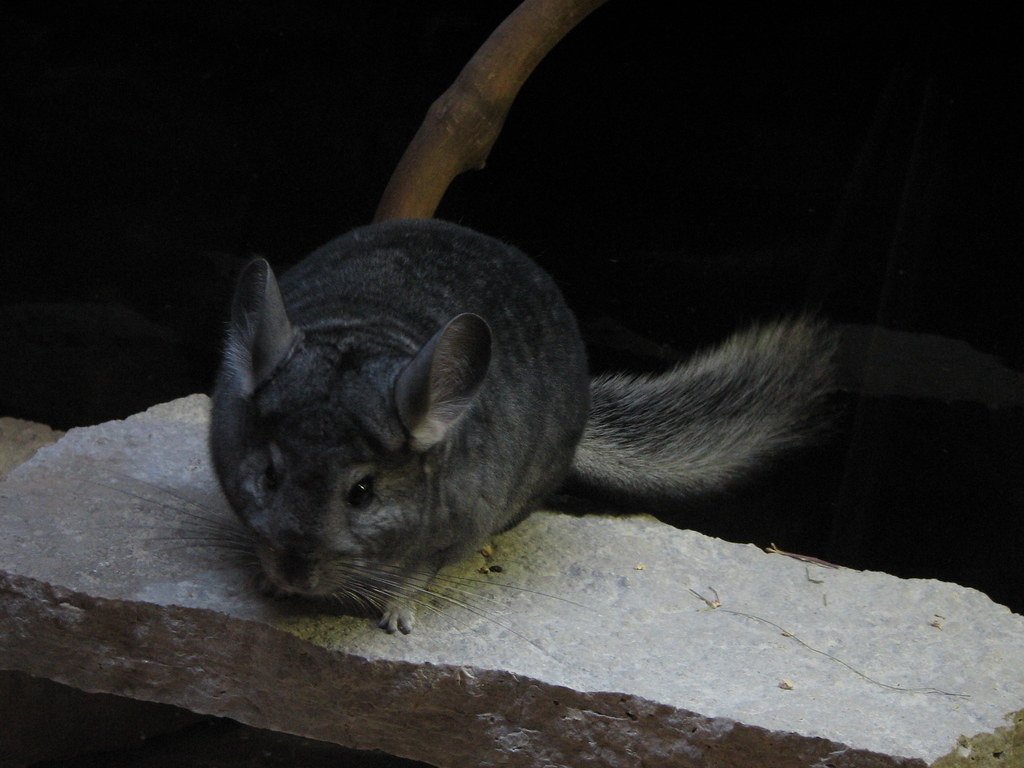
Both ferrets and chinchillas require specialized veterinary care, though they face different health challenges that prospective owners should consider. Ferrets are prone to several serious conditions including adrenal disease, insulinoma (pancreatic tumors), lymphoma, and heart disease, particularly as they age. They require annual veterinary examinations, vaccinations against canine distemper and rabies, and often need surgical intervention for common ailments in their later years. Chinchillas face different health challenges, including dental problems (their teeth grow continuously throughout life), heat stroke (they cannot tolerate temperatures above 75°F), respiratory infections, and gastrointestinal stasis. Finding qualified veterinary care represents a significant consideration, as not all exotic veterinarians have experience with both species, and treatment costs for these specialized pets typically exceed those for common companion animals like cats and dogs. For both animals, emergency veterinary funds are essential, as treatments can range from hundreds to thousands of dollars for serious conditions, and pet insurance coverage for exotic species remains limited compared to options for traditional pets.
Initial and Ongoing Costs

The financial commitment differs substantially between these species in both upfront and continuing expenses. Ferrets typically cost $75-$250 from pet stores or breeders, while rescue adoptions may range from $50-$150, though these costs vary by location. Their startup supplies total approximately $300-$500, including a proper cage, food dishes, water bottles, bedding, hammocks, and toys. Chinchillas generally cost $150-$400 from reputable breeders, with variations based on color mutations and breeding quality. Their initial setup runs $200-$350 for an appropriate cage, platforms, hideaways, food dishes, and dust bath containers. Ongoing expenses reveal more significant differences – ferrets require approximately $500-$800 annually for high-quality food, litter, preventative veterinary care, and toys, while chinchillas cost roughly $300-$500 yearly for hay, pellets, dust bath material, and basic veterinary checkups. Both species benefit from veterinary wellness plans when available, and both require emergency funds for unexpected health issues, with ferrets generally incurring higher lifetime medical expenses due to their predisposition to certain diseases requiring specialized treatment or surgery.
Legal Considerations
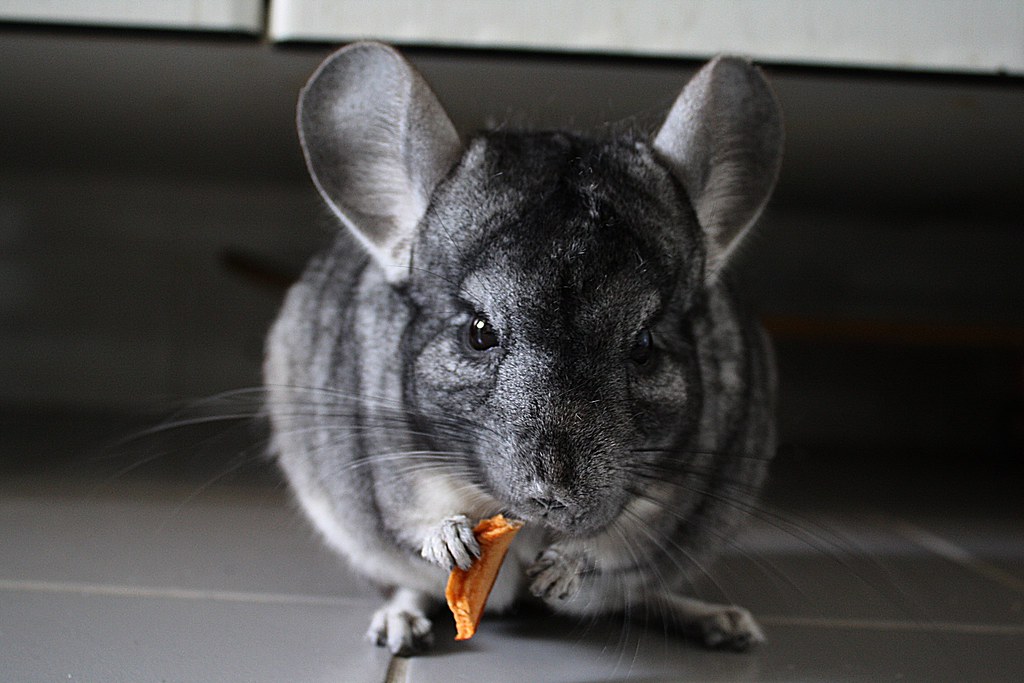
Before bringing either pet home, potential owners must navigate varying legal landscapes that regulate exotic pet ownership. Ferrets face the strictest regulations, being completely prohibited as pets in California and Hawaii due to concerns about ecological impact should they escape and establish feral populations. Certain cities and municipalities within otherwise ferret-friendly states may also ban them, including New York City and Washington D.C., while other areas require special permits or licenses. Chinchillas face fewer outright bans but may still be subject to exotic pet regulations in certain jurisdictions. Property owners should also review lease agreements, as many rental properties specifically prohibit exotic pets even when legally permitted in the area. For military families and those who relocate frequently, chinchillas generally present fewer legal obstacles when moving between states or internationally, though both animals require health certificates for interstate travel and potentially complex importation procedures for international relocations. Researching current local laws remains essential, as animal regulations can change and online information may be outdated.
Compatibility with Households

Household composition significantly influences which pet might integrate more successfully into your home environment. Ferrets typically interact well with older children who understand proper handling techniques, though their occasionally nippy play style and high energy levels make them less suitable for homes with toddlers or very young children who might mishandle them. They also require careful introduction to other household pets, particularly birds, reptiles, and small mammals which they may view as prey due to their natural hunting instincts. Chinchillas generally fare better in quieter households, as their sensitive nature makes them easily stressed by loud noises, sudden movements, or handling by young children who haven’t mastered gentle techniques. Their nocturnal to crepuscular activity patterns make them more suitable for adults or older children who can appreciate their active periods during evening hours. Both animals need protection from other household pets, particularly dogs and cats with strong prey drives, requiring supervised interactions or completely separate living spaces to ensure safety. Families with allergy concerns might prefer chinchillas, as they produce less dander than ferrets and their bathing method (dust rather than water) creates fewer allergenic proteins.
Which Pet Is Right for You?
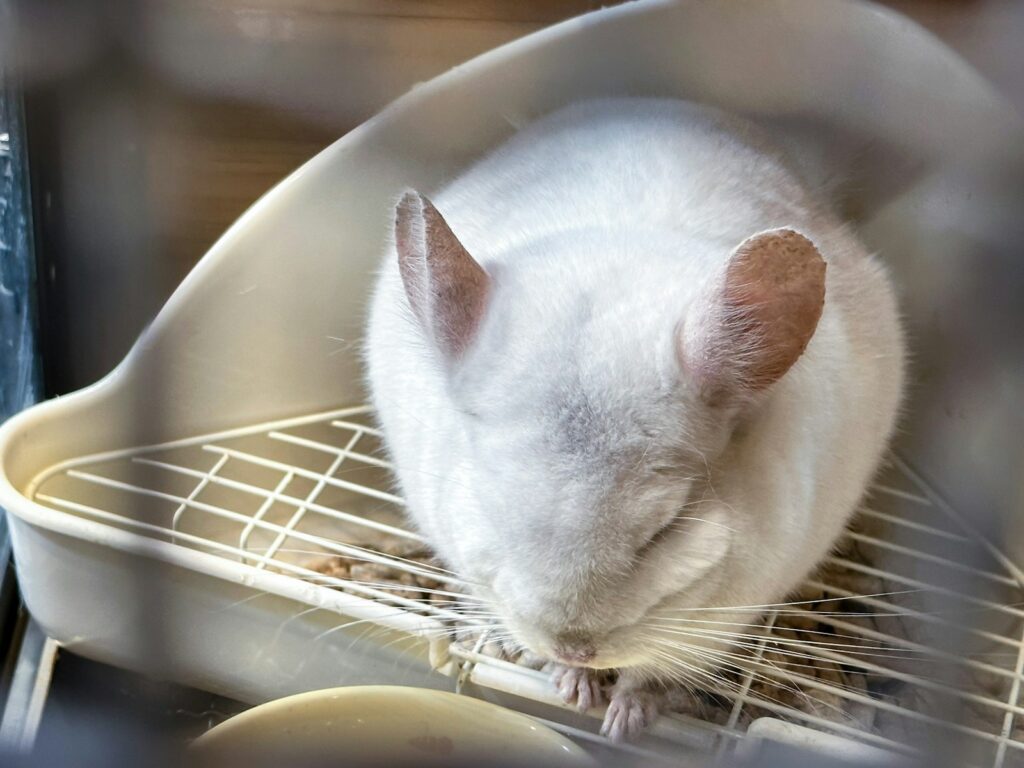
Determining the ideal pet between these options requires honest assessment of your lifestyle, preferences, and capabilities. Ferrets might be your better match if you desire an interactive, playful companion that engages directly with you, have time for daily supervised play sessions, can manage their distinctive odor, and prefer a pet with dog-like sociability in a smaller package. Their shorter lifespan might also suit those unable to commit to decades of pet ownership. Chinchillas could be more appropriate if you prefer observing your pet rather than extensive handling, have a consistently cool home environment, desire a cleaner, less odorous pet, or want a longer-term companion that fits with a quieter household. They also match better with owners who work traditional hours, as their crepuscular nature means they’re most active during early morning and evening when many people are typically at home. Both animals require specialized veterinary care, substantial financial commitment, and daily attention to thrive, making neither suitable for casual pet owners seeking low-maintenance companions.
Conclusion
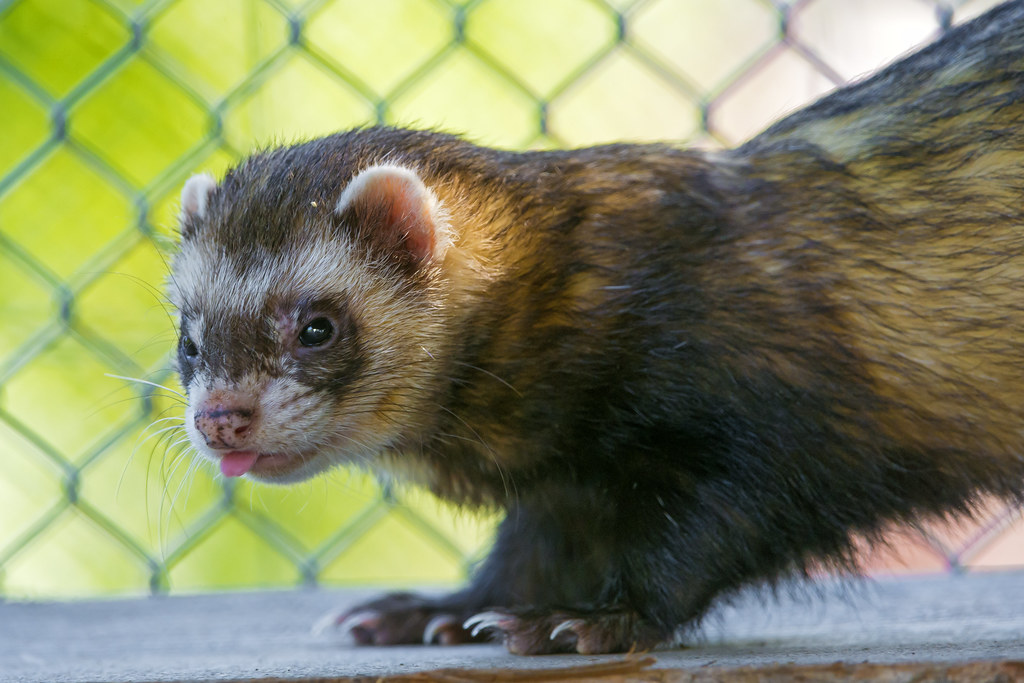
Choosing between a ferret and a chinchilla ultimately comes down to matching their unique characteristics with your lifestyle, home environment, and expectations. Ferrets offer interactive playfulness and adaptability at the cost of higher maintenance and a shorter lifespan. Chinchillas provide longevity and cleanliness but require specific temperature conditions and accept less handling. Whichever you choose, both animals deserve committed owners who understand their specialized needs and are prepared to provide species-appropriate care throughout their lives. By honestly assessing what you can offer and what you hope to gain from the relationship, you’ll make the right choice for both yourself and your future furry companion. Remember that adoption represents a significant responsibility to an animal that will depend entirely on you for its wellbeing, making thorough research and preparation essential steps before bringing either of these charismatic creatures into your home.

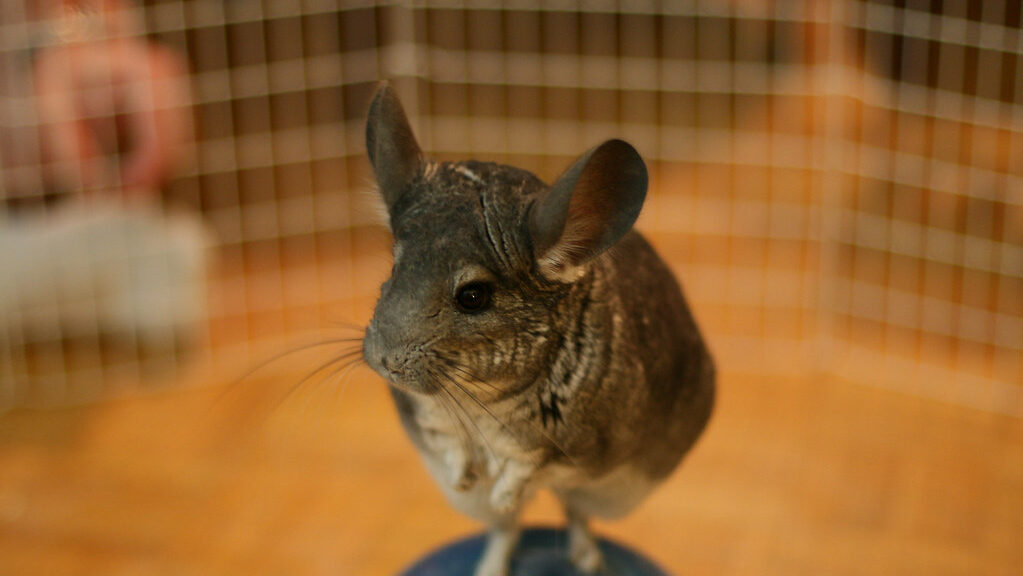
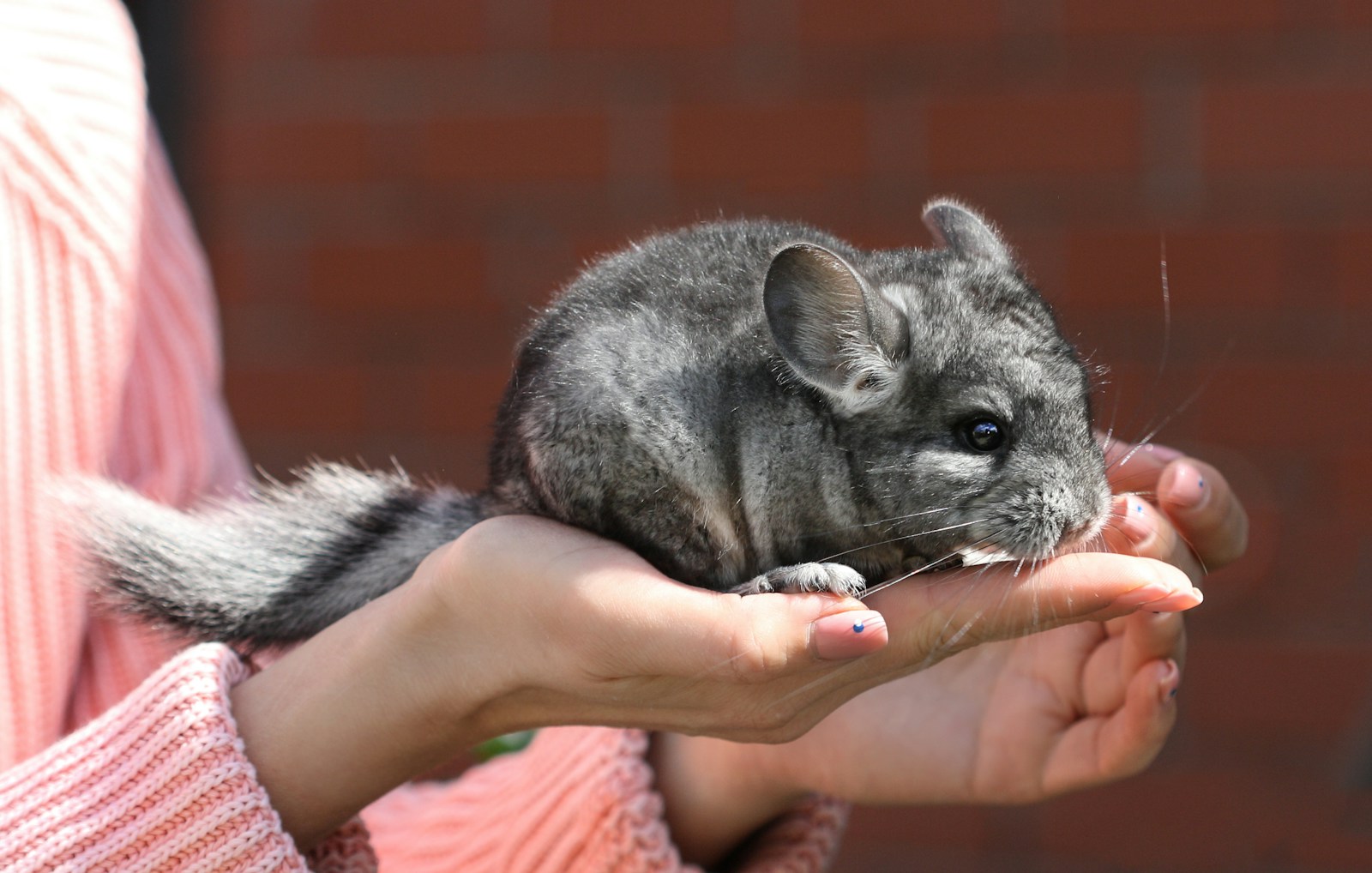
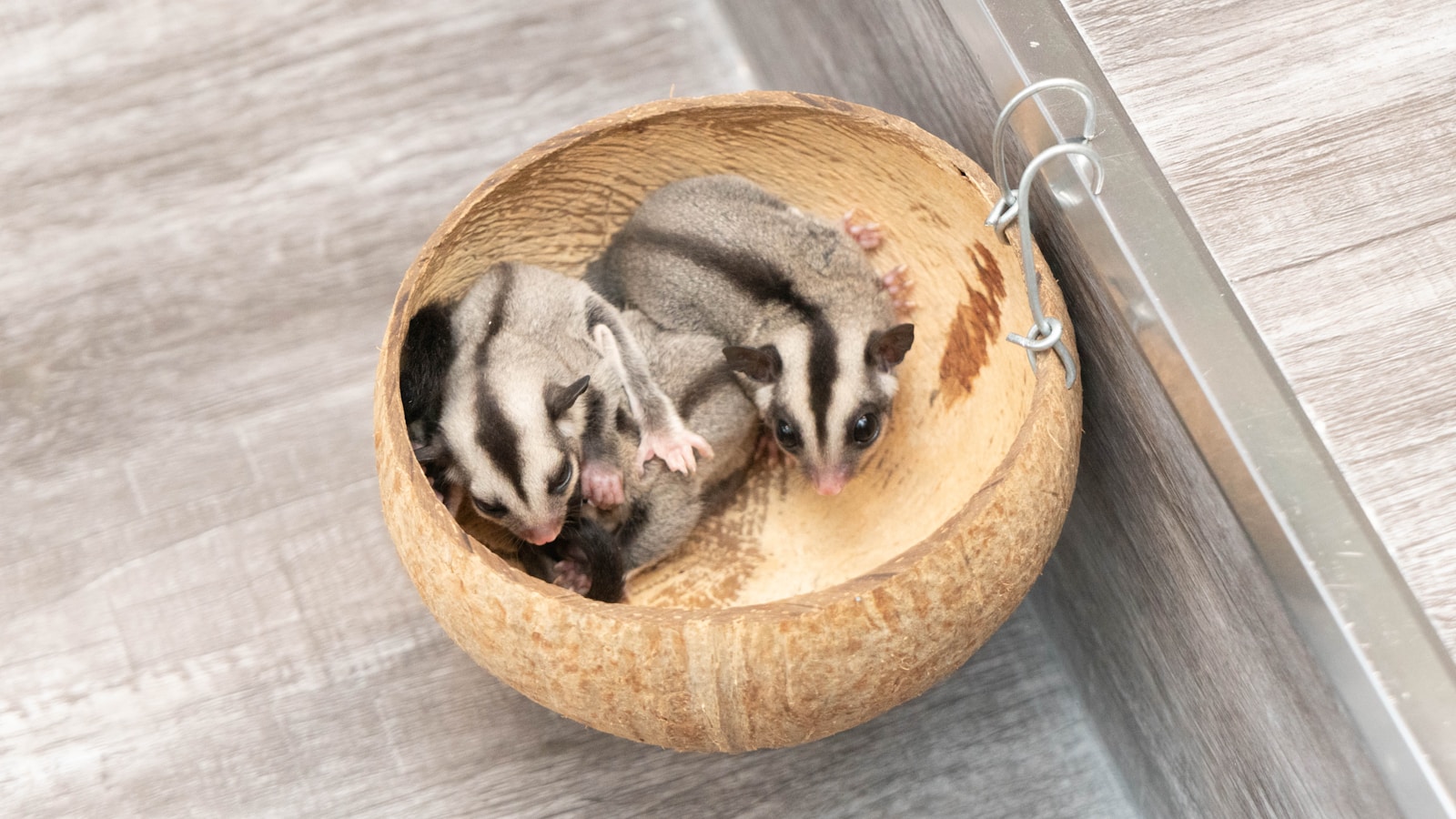
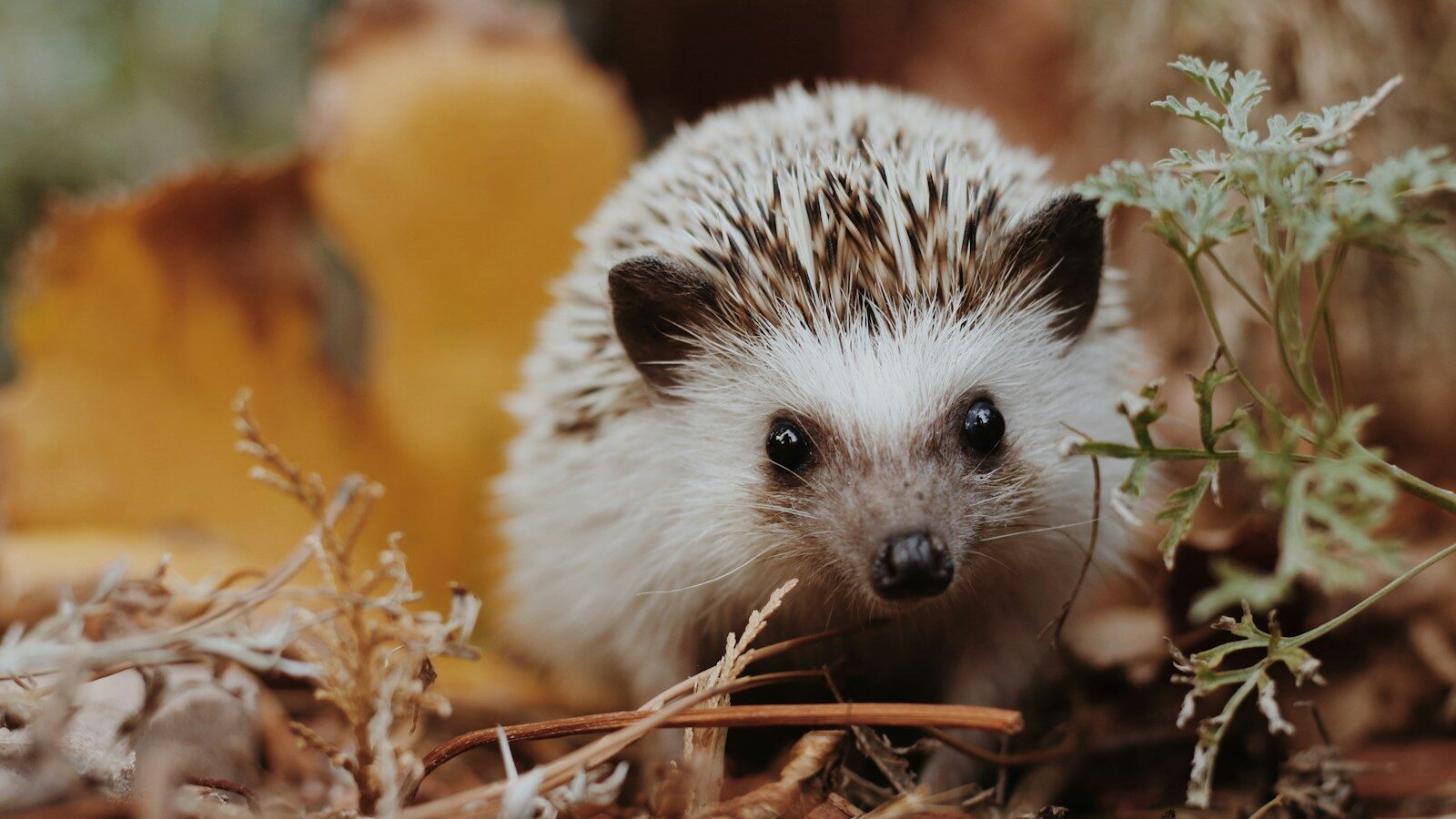

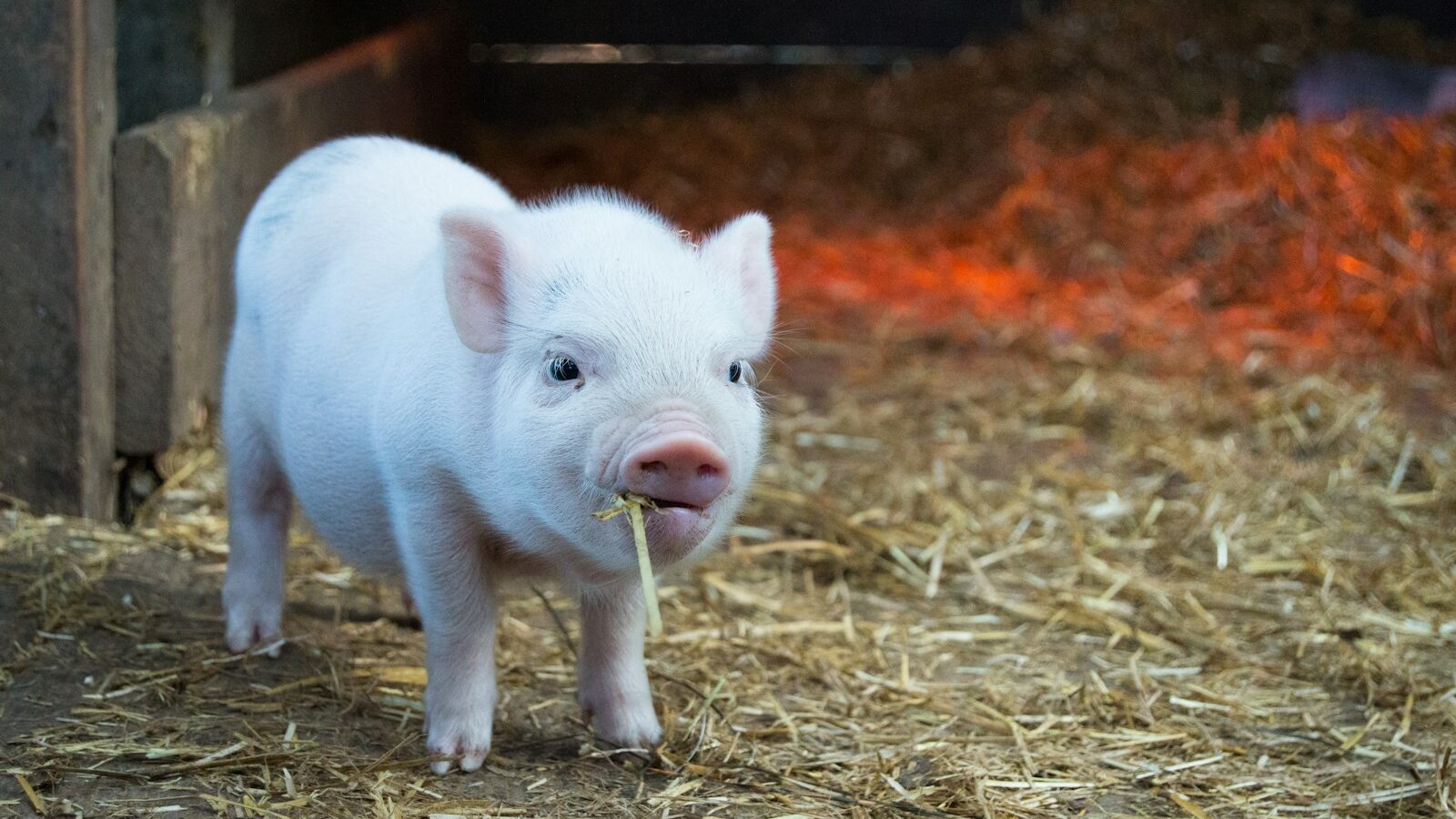
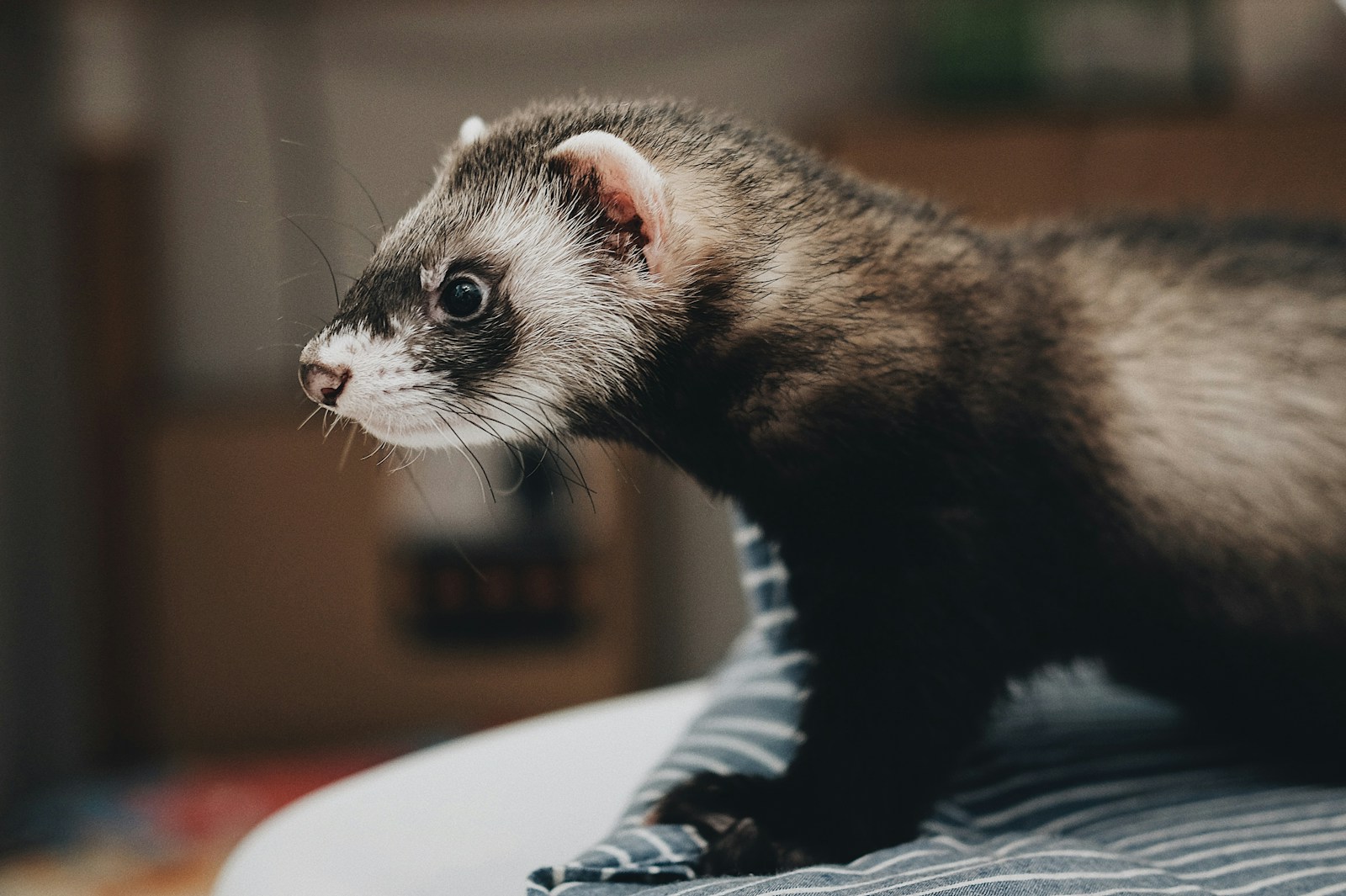
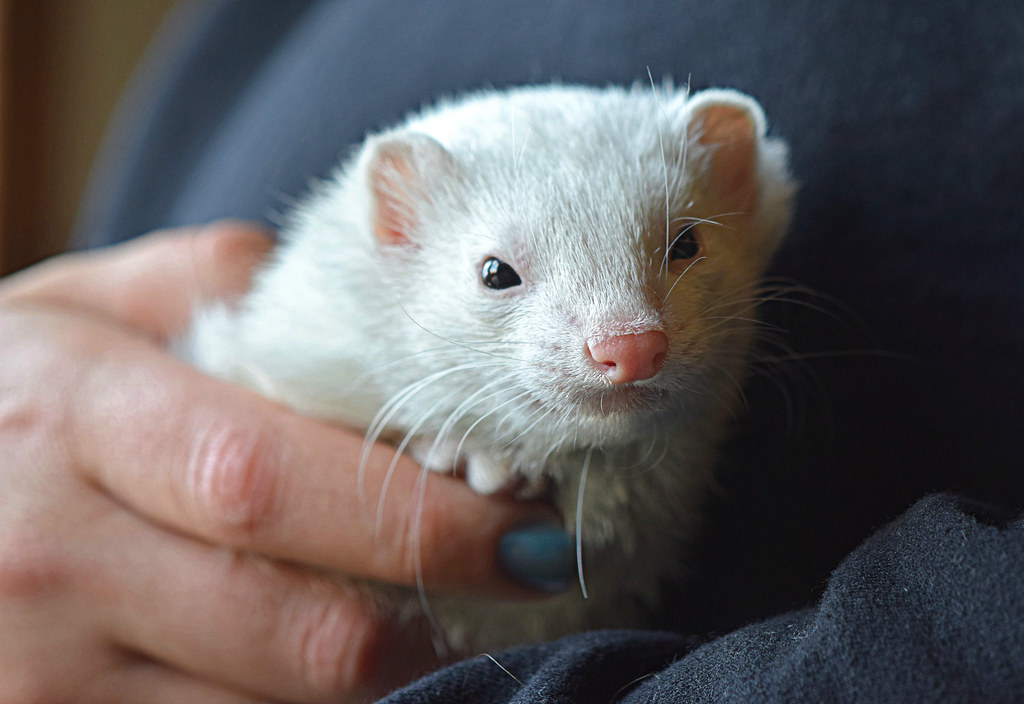
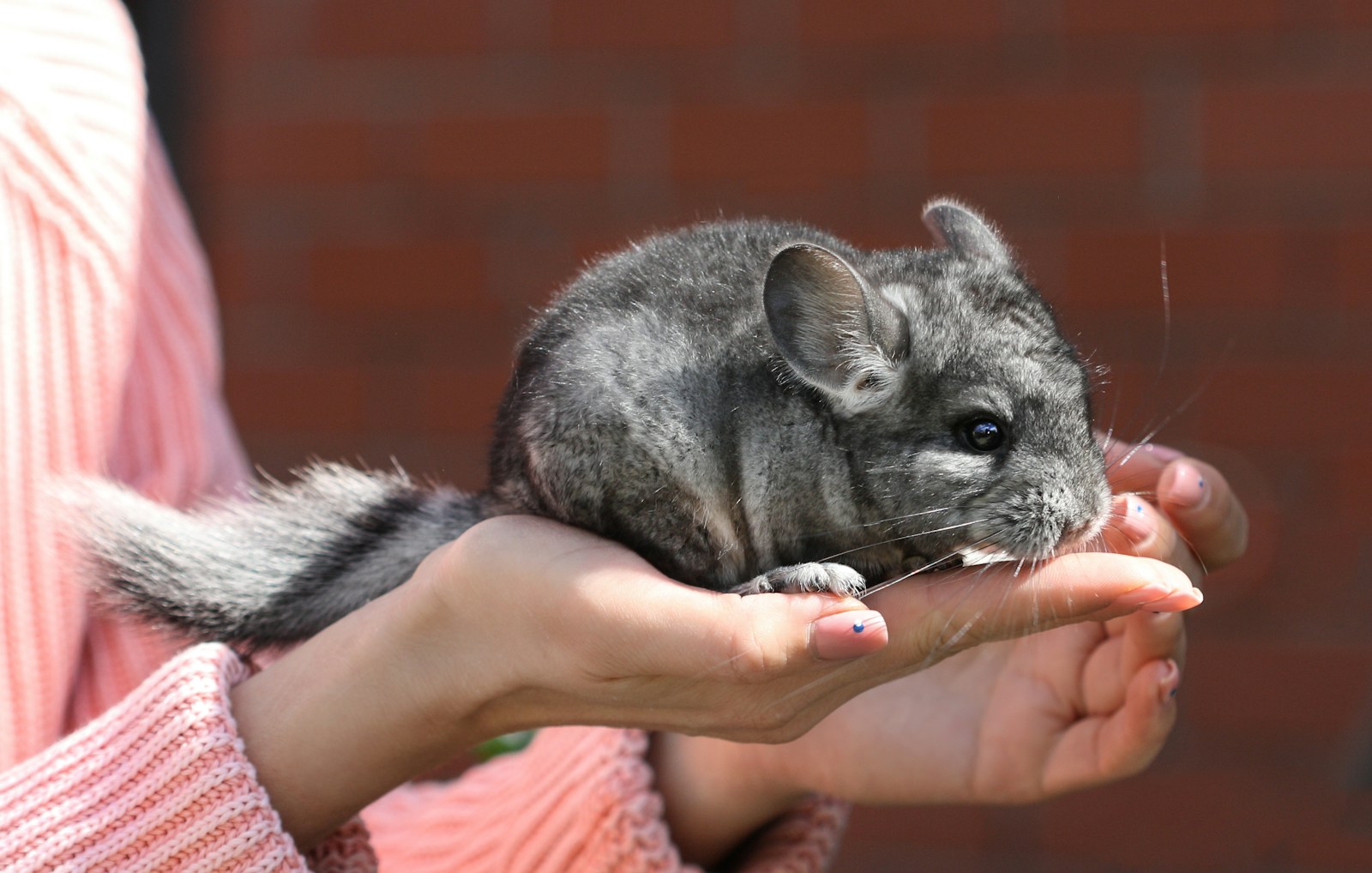
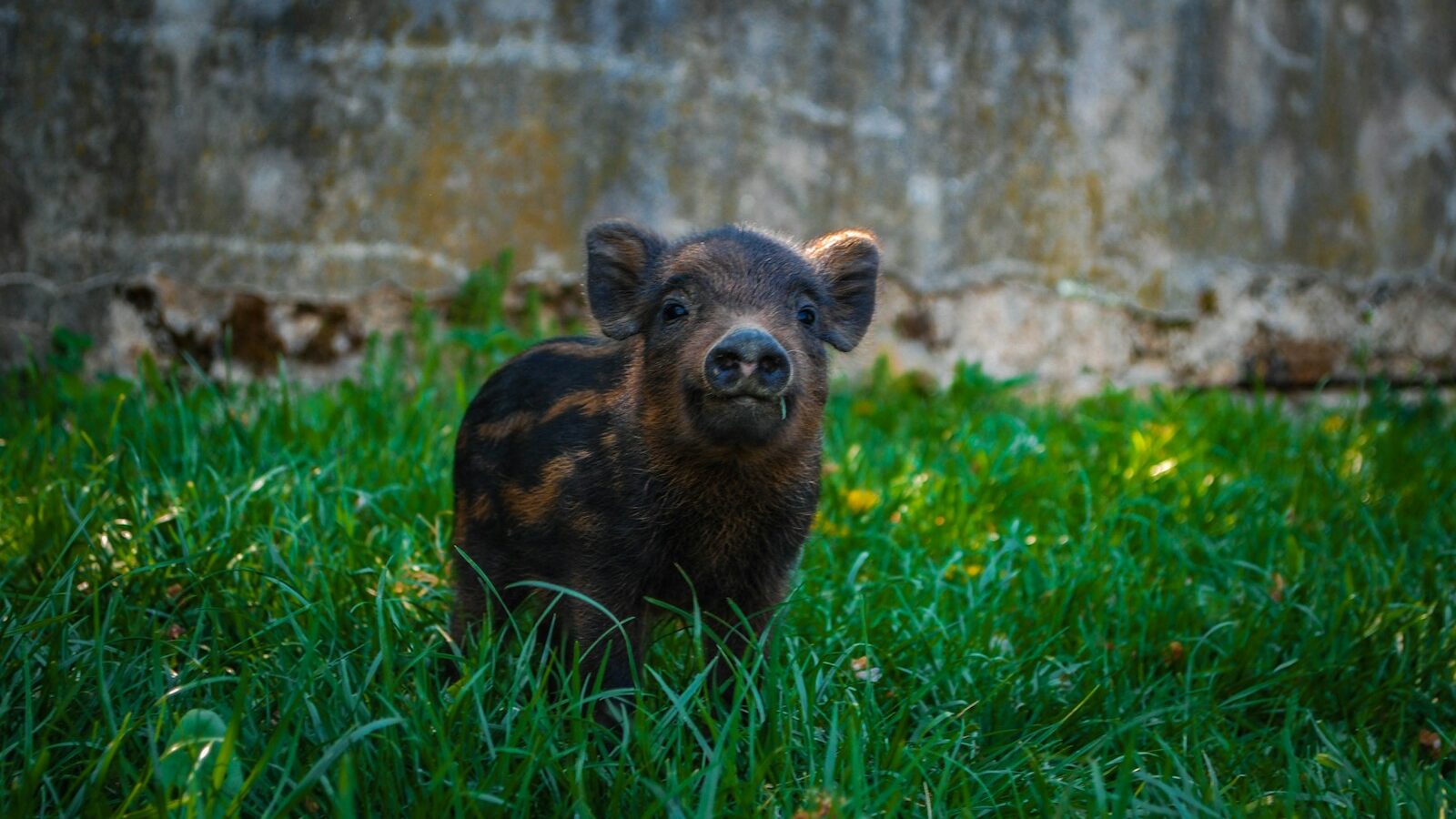
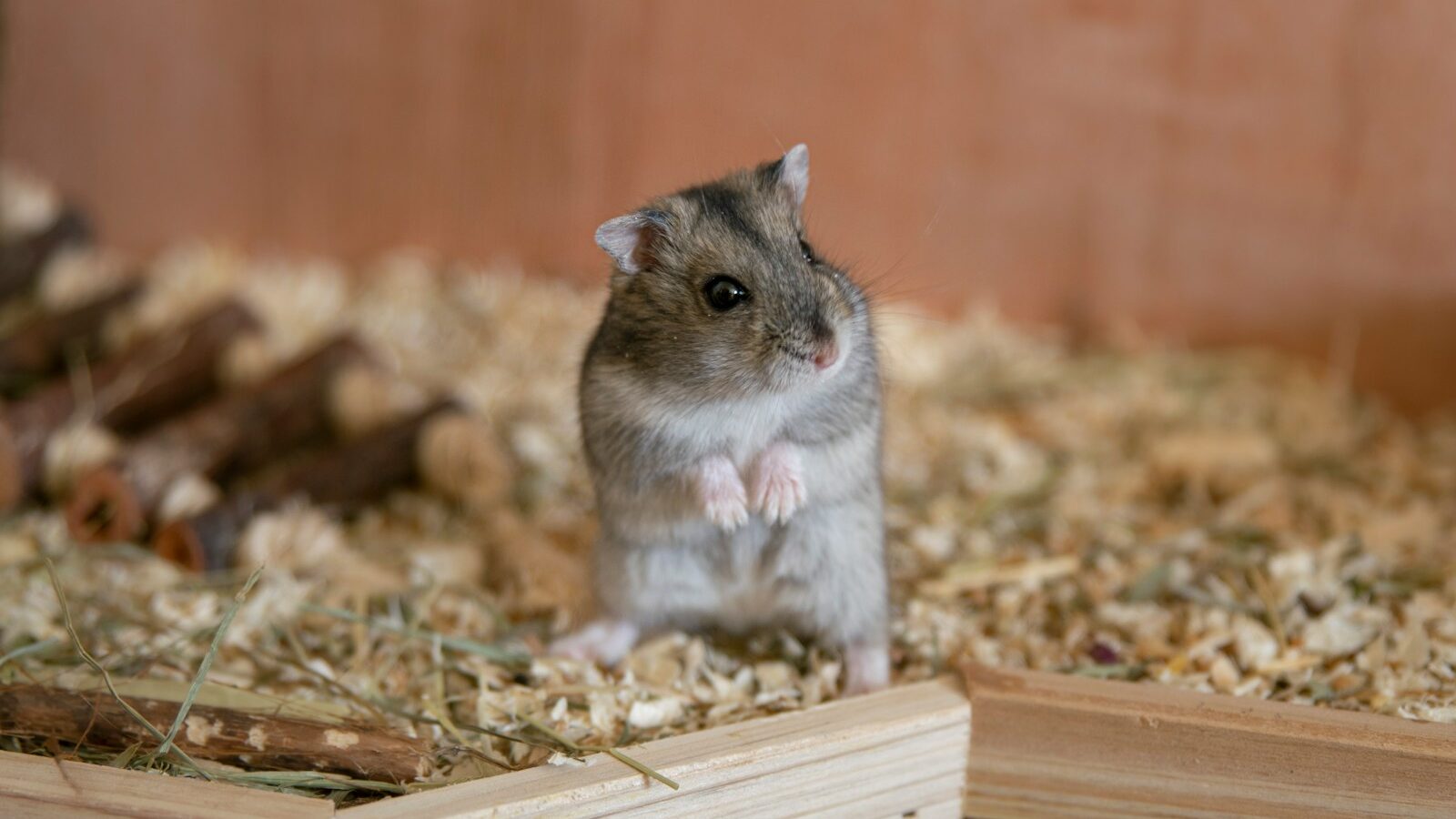
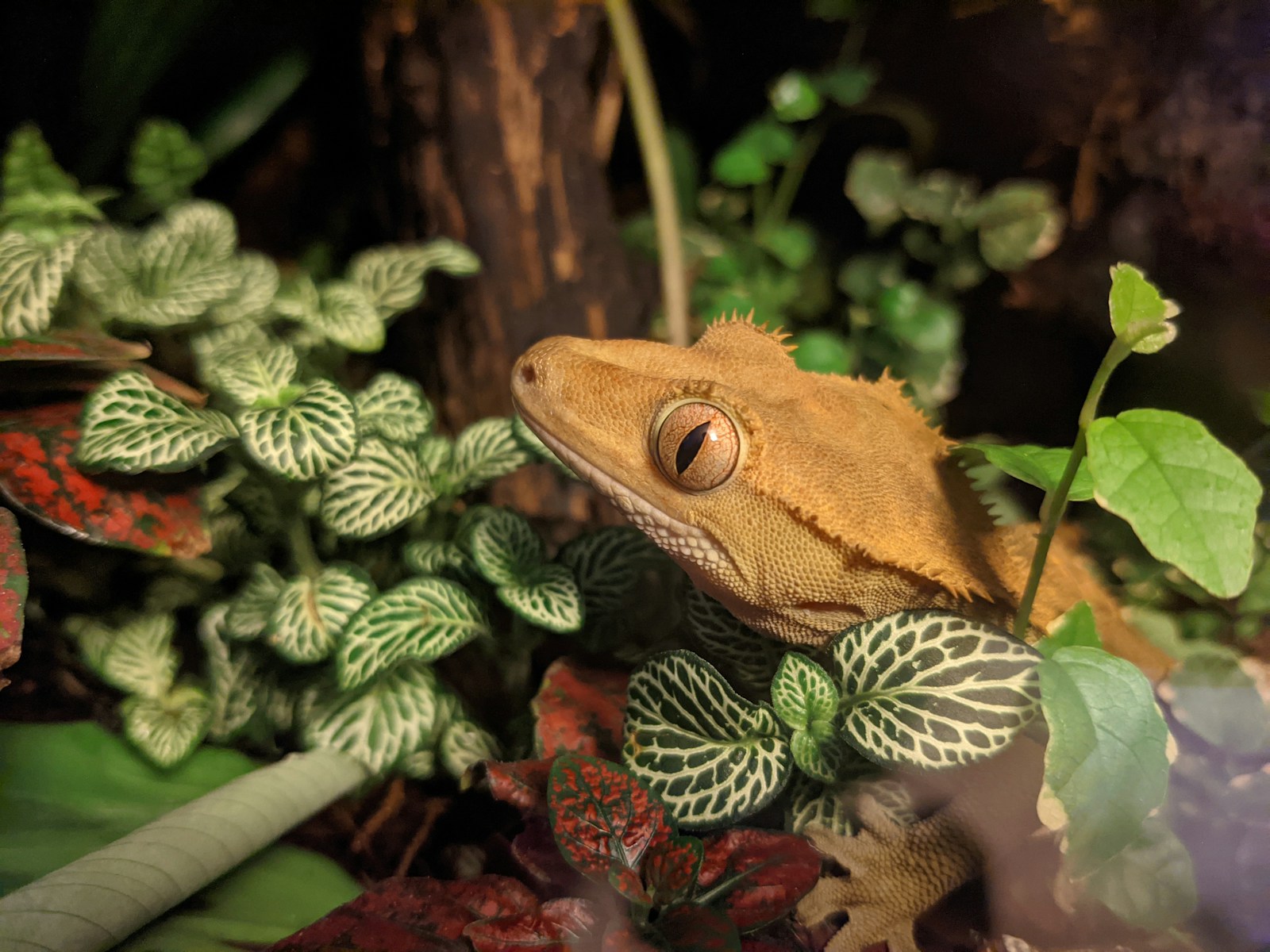

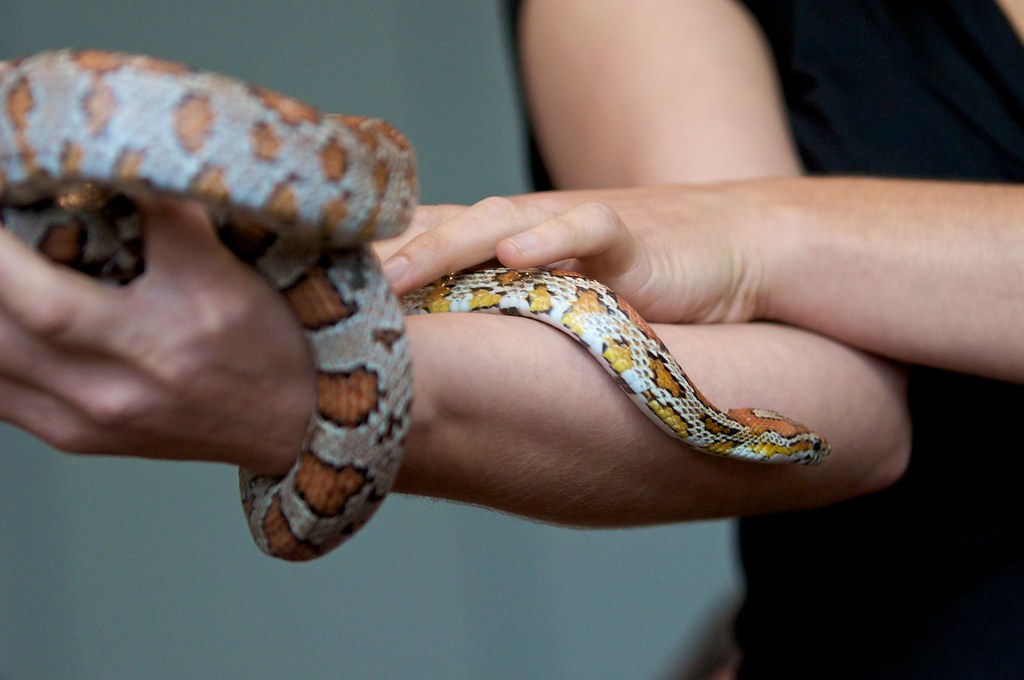
Leave a Reply